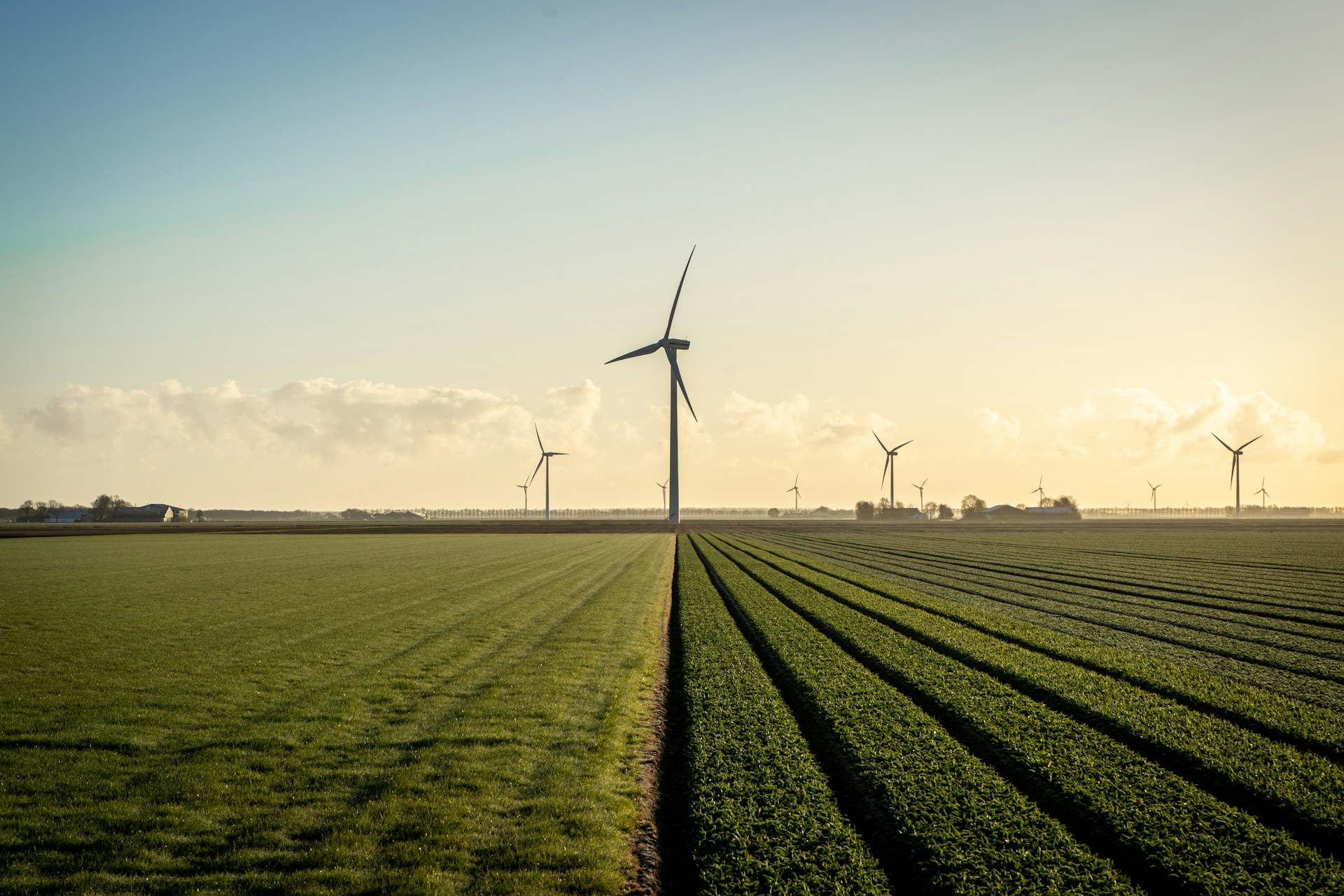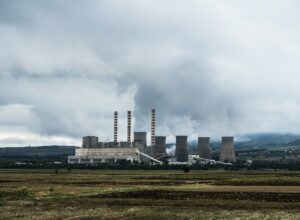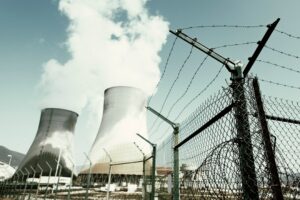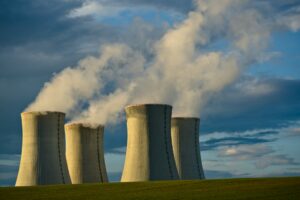As the global transition toward clean energy gains momentum, it is essential to dispel the myths and misconceptions surrounding this crucial topic. Accurate information is key to helping society fully understand and appreciate the long-term benefits of clean energy and embrace the change necessary for a more sustainable, eco-friendly future. From questioning the efficiency of renewable energy sources to wondering whether they can truly replace fossil fuels, many concerns and misconceptions are circulating and need to be debunked.
Stay informed and proactive about clean energy and sustainability by following William Sheriff’s blog, where you’ll find expert insights and the latest research on this vital subject. Equipping yourself with knowledge is the first step in joining the global movement toward a more sustainable and responsible future for our planet and future generations.
1. Myth: Renewable Energy is Not Efficient Enough to Replace Fossil Fuels
One common misconception is that renewable energy sources, such as solar and wind, cannot generate enough power to replace fossil fuels. However, numerous studies and research show that renewable energy can indeed generate sufficient power to meet global energy demand. According to the International Renewable Energy Agency (IRENA), renewables could provide 86% of global power demand by 2050 under a sustainable energy transition.
Advancements in technology, infrastructure, and energy storage capabilities are continuously improving the efficiency and reliability of renewable energy sources. In some regions, renewable energy is already cost-competitive with fossil fuels, making it an increasingly viable alternative.
2. Myth: Clean Energy is More Expensive Than Traditional Energy
A prevalent myth is that clean energy is more expensive than traditional energy derived from fossil fuels. While this may have been true in the past, renewable energy costs have declined significantly in recent years due to technological advancements and global investments. For instance, the cost of solar photovoltaic (PV) modules decreased by 85% between 2010 and 2020.
Wind, solar, and hydropower are now often the most economical options for new electricity generation globally. In many cases, generating new clean energy is less expensive than maintaining existing fossil fuel infrastructure.
3. Myth: Renewable Energy Relies Entirely on Weather and is Unreliable
Another misconception is that renewable energy sources, especially wind and solar, are inherently unreliable due to their reliance on weather conditions. While weather patterns can impact energy generation, strategic planning, energy storage, and grid management solutions help mitigate these fluctuations.
One way of ensuring consistent energy supply is using a diversified energy portfolio: a combination of various renewable sources (wind, solar, and hydropower) reduces the risk of power shortages during unfavorable weather conditions.
Advances in energy storage technology like batteries and pumped hydro storage further enhance the reliability of renewable energy. Energy storage systems can store excess power generated during periods of ample sunlight or wind and then release it when needed.
4. Myth: Clean Energy Infrastructure Has High Environmental Costs
Some argue that the production and installation of clean energy infrastructure, such as solar panels and wind turbines, have high environmental costs, thus offsetting the benefits of renewable energy. While it is true that manufacturing and installing renewable energy infrastructure requires resources and energy, research shows that the lifecycle emissions of renewable energy technologies are significantly less than those of fossil fuels.
A study by the National Renewable Energy Laboratory (NREL) found that solar and wind energy have 94% to 99% lower lifecycle greenhouse gas emissions compared to coal and natural gas. Renewable energy infrastructure has longer lifespans, and many components can be recycled or repurposed at the end of their life.
5. Myth: Renewable Energy Generates Minimal Job Opportunities
Contrary to the belief that renewable energy creates fewer job opportunities than fossil fuels, research shows that clean energy sectors provide more jobs per unit of energy generated. According to the U.S. Department of Energy, more than double the number of Americans are employed in the solar industry compared to the coal industry. As clean energy continues to grow, more job opportunities in manufacturing, installation, and maintenance are expected to be created.
Debunking clean energy myths and misconceptions is crucial to better understand the benefits of these technologies and their potential impact on the global environment. Renewable energy is efficient, cost-competitive, reliable, environmentally friendly, and a significant source of job opportunities. By gaining a deeper understanding of the facts, society can more confidently embrace clean energy solutions as a path toward a greener and more sustainable future. Stay up-to-date on the latest clean energy developments and learn more about sustainable living by visiting William Sheriff’s website, where you’ll find expert insights and practical tips to help you live a more eco-conscious life.
Empowering a Clean Energy Future
Armed with accurate information and a deeper understanding of clean energy, individuals and societies can more confidently embrace the transition toward renewable energy sources. By debunking myths and misconceptions, we can facilitate the widespread adoption of cleaner, more sustainable energy solutions, ultimately contributing to the global fight against climate change and environmental degradation.
As you continue exploring the world of clean energy and sustainable living, rely on William Sheriff as your trusted source for expert insights and practical tips. Stay informed about the latest news, trends, and innovations in clean energy, equipping yourself with the knowledge necessary to make informed decisions that positively impact our planet.
Let’s dispel the myths, misconceptions, and misunderstandings surrounding clean energy to create a brighter, cleaner, and more sustainable future for the generations to come. Start your clean energy journey today by connecting with the American uranium expert William Sheriff, and gain the knowledge and support you need to make a tangible difference in the world around you.





